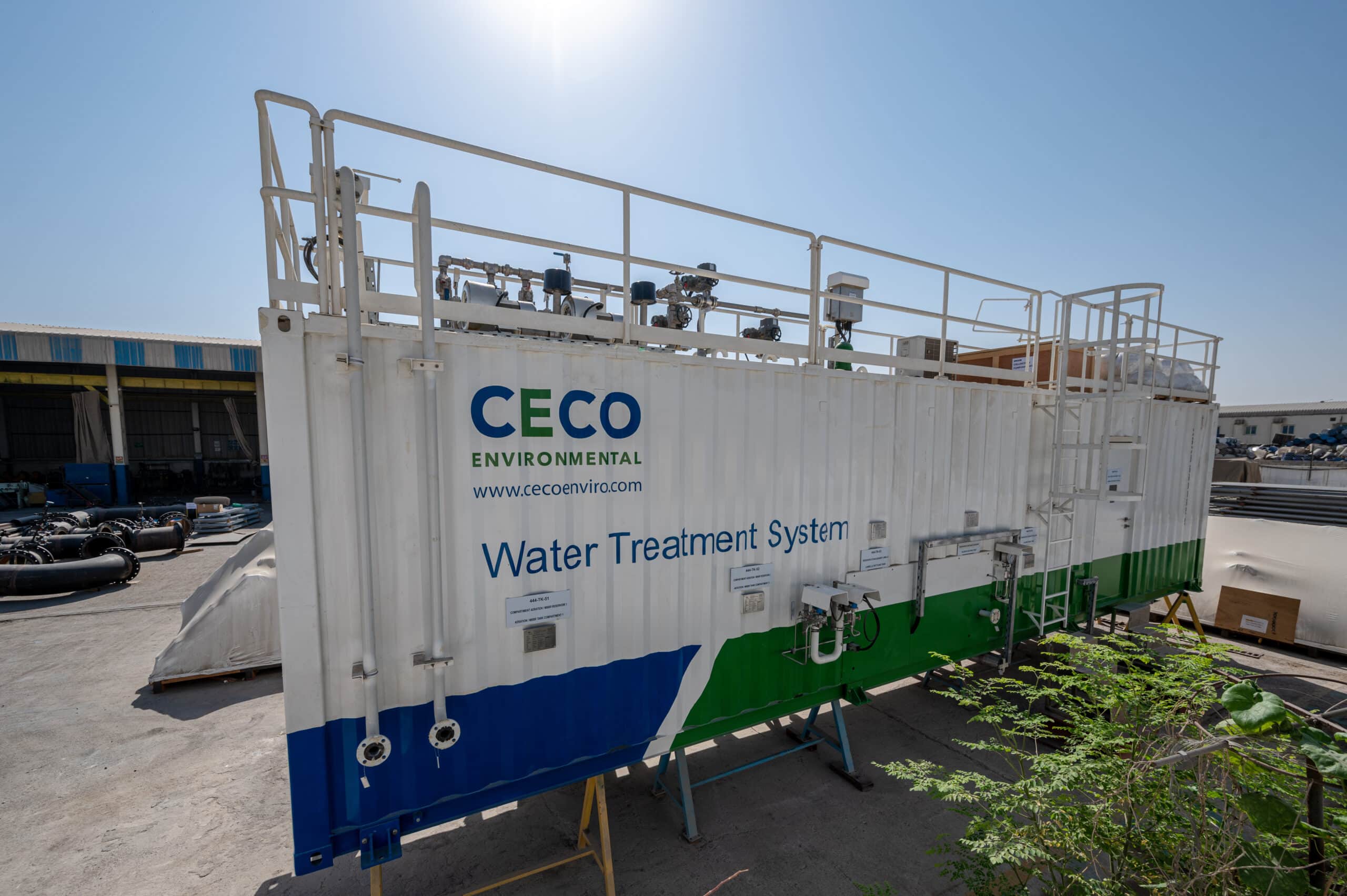Membrane Bio-Reactor

The MBR process, introduced in the late 1960s, is a biological membrane process that uses an activated sludge process combined with a membrane separation process and is now widely used for municipal and industrial wastewater treatment, especially when wastewater recycling/reuse is taking place.
An MBR process is mainly used for wastewater treatment by using membranes (flat sheet/submerged or tubular/pressurized) and integrating them with a biological process like a suspended growth bioreactor. The membranes are mainly utilized for filtration and removal of solids, which are generated during the biological process, which will result in a clear product.
Features & Benefits
- Compact design, replacing substantially larger equipment.
- No moving parts and minimal maintenance
- Ideal for use where space is minimal
- Cyclonic liners are available in a range of alloys from stainless steel, alumina ceramic, polypropylene, tungsten carbide, reaction bonded silicon carbide




Applications
- Petrochemical, oil and gas process industrial wastewater—high levels of suspended solids, COD and BOD5
- Industrial wastewater from various industries, pharmaceutical, textile, chemical, food and beverage,etc. - high levels of suspended solids, COD and BOD5
- Landfill leachate—a wide variety of dissolved and suspended organic and inorganic compounds.
- Sewage and municipal water treatment - suspended solids, COD and BOD5
Contact
